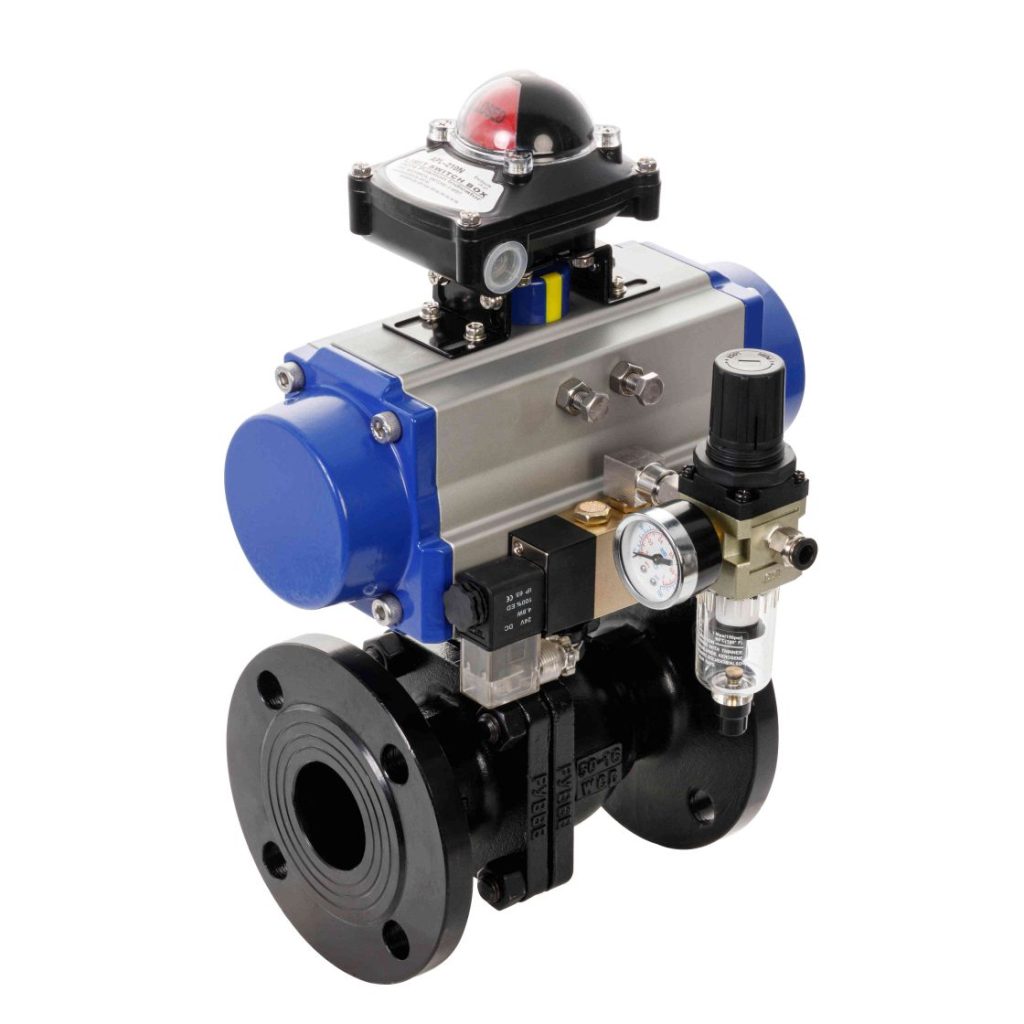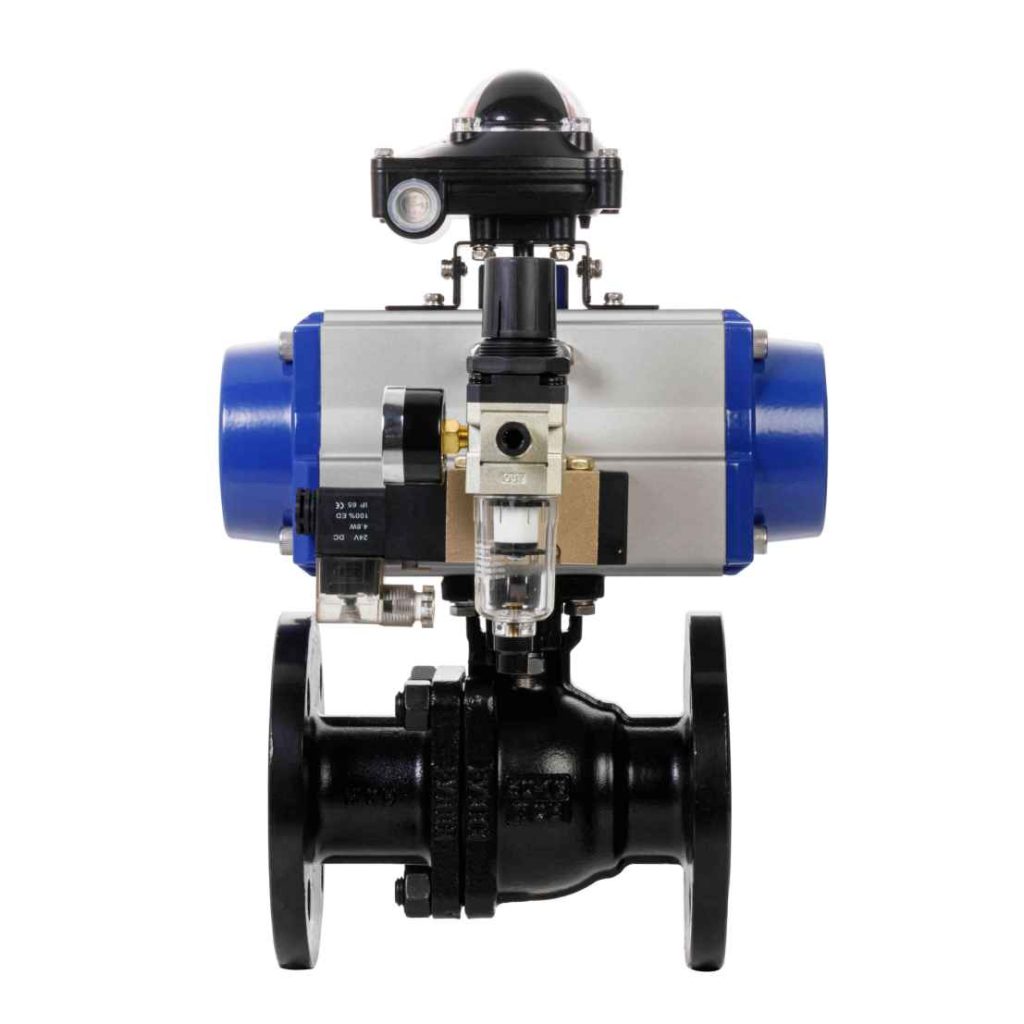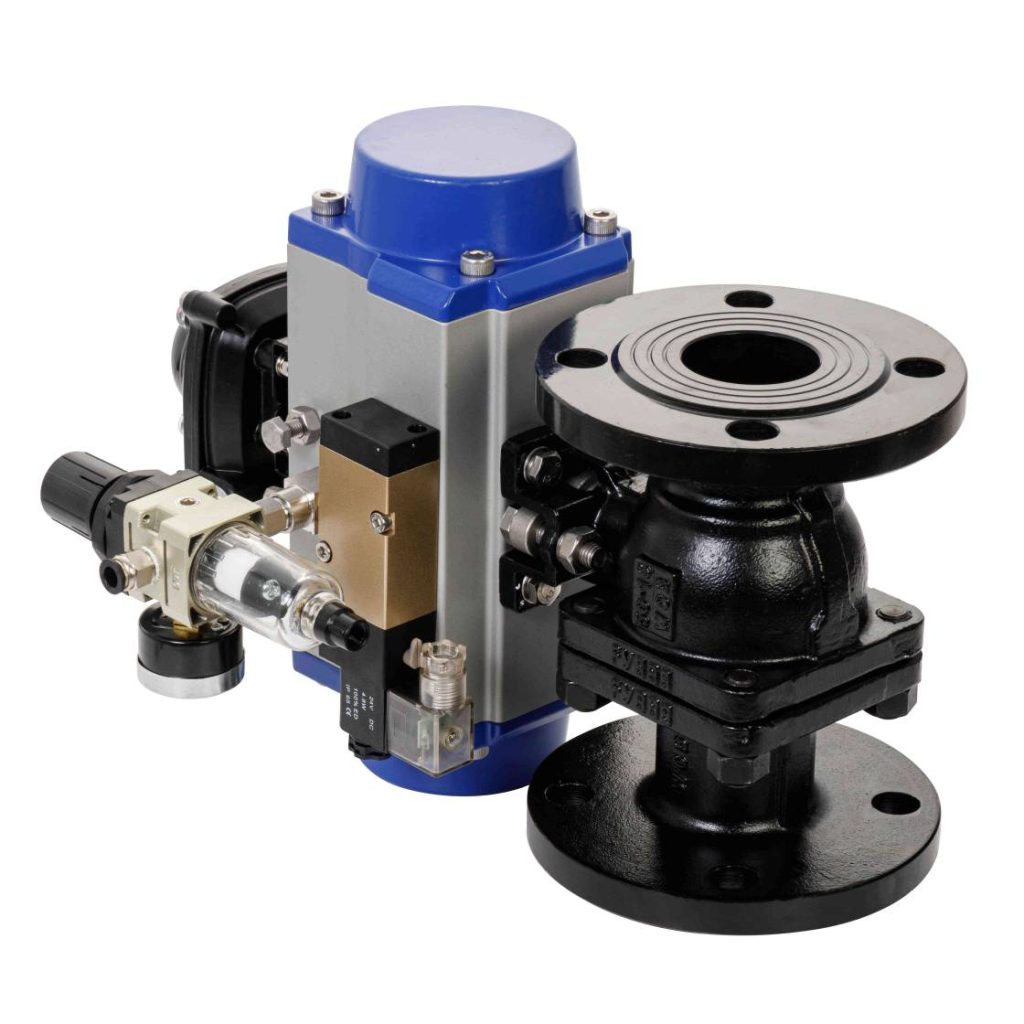The Stainless Steel Pneumatic Ball Valve is an essential component in many industrial applications, offering efficient and reliable fluid control in various systems. Whether in the chemical, oil and gas, water treatment, or food processing industries, this valve plays a critical role in ensuring that processes run smoothly. By combining the durability of stainless steel with the automation of pneumatic operation, these valves provide long-lasting performance, ease of use, and maintenance-free operation in demanding environments.

Construction and Design

A Stainless Steel Pneumatic Ball Valve is typically composed of three main parts: the body, the ball, and the actuator. The body of the valve is constructed from high-quality stainless steel, which ensures excellent corrosion resistance, durability, and strength, even in aggressive environments where other materials might fail. Stainless steel is preferred because it is resistant to oxidation and rust, which can be caused by exposure to moisture, high temperatures, or harsh chemicals. Inside the valve body is the ball, which has a hole or port through its center. The ball is rotated 90 degrees to either allow or stop the flow of the fluid. When the ball valve is in the open position, the hole in the ball aligns with the pipe, allowing the flow to pass through. Conversely, when the valve is closed, the ball rotates to block the opening, stopping the fluid flow completely.

Leave a Reply